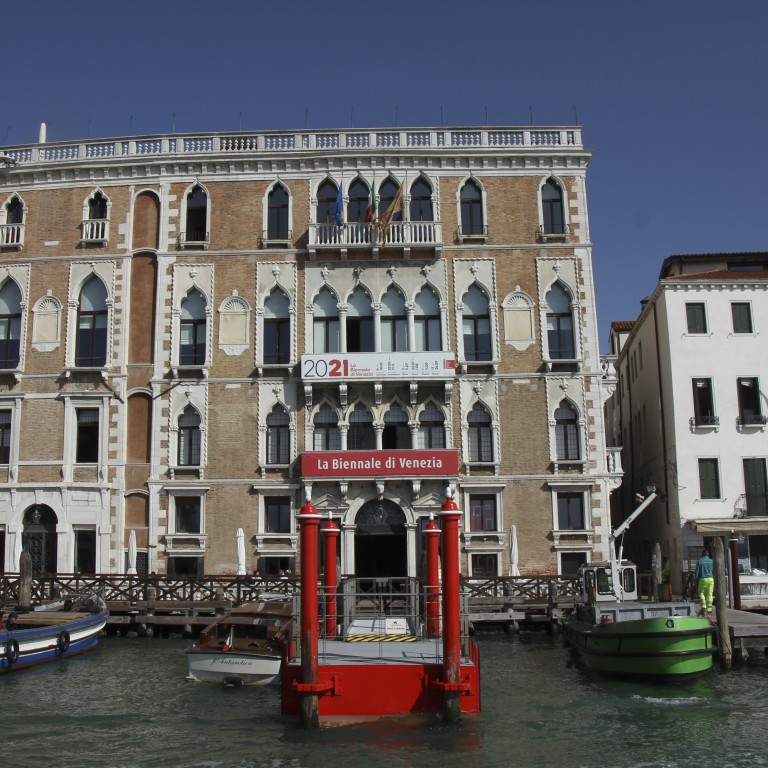
Venice 2021: Hong Kong’s ambition on show at the architecture biennale, while titanium sculptor Wallace Chan keeps faith with the Italian city
- Venice has felt the pinch during the pandemic, but artists such as Hongkonger Wallace Chan and the biennale’s organisers are determined the shows must go on
- The curator of the Hong Kong biennale pavilion says related shows will take place at home later in the year
As the vaporetto water bus slowly steams past majestic palaces, it is evident life has not yet returned to normal in Venice. Italy may be slowly coming out of its latest lockdown but the waters of the Grand Canal remain eerily calm, and the vaporetto does not have to weave through a flotilla of gondolas and water taxis full of tourists. La Serenissima is still anxiously awaiting their return.
Having passed beneath the Rialto Bridge, my eye is drawn by a poster on a wall of the ancient Fondaco Marcello. It announces, “Titans: A Dialogue between Materials, Space and Time”, the inaugural exhibition of titanium sculptures by Hong Kong jeweller Wallace Chan.
Further on, just before the vaporetto approaches St Mark’s Square, I catch sight of another announcement. The ornate gothic Palazzo Giustinian is emblazoned with a banner declaring the Biennale Architettura 2021 will open here – with all the necessary distancing and precautions – on May 22. The title of the architecture biennale, which should have been held last year but was postponed because of the pandemic, is “How Will We Live Together?”
Given recent global events, that is a good question.
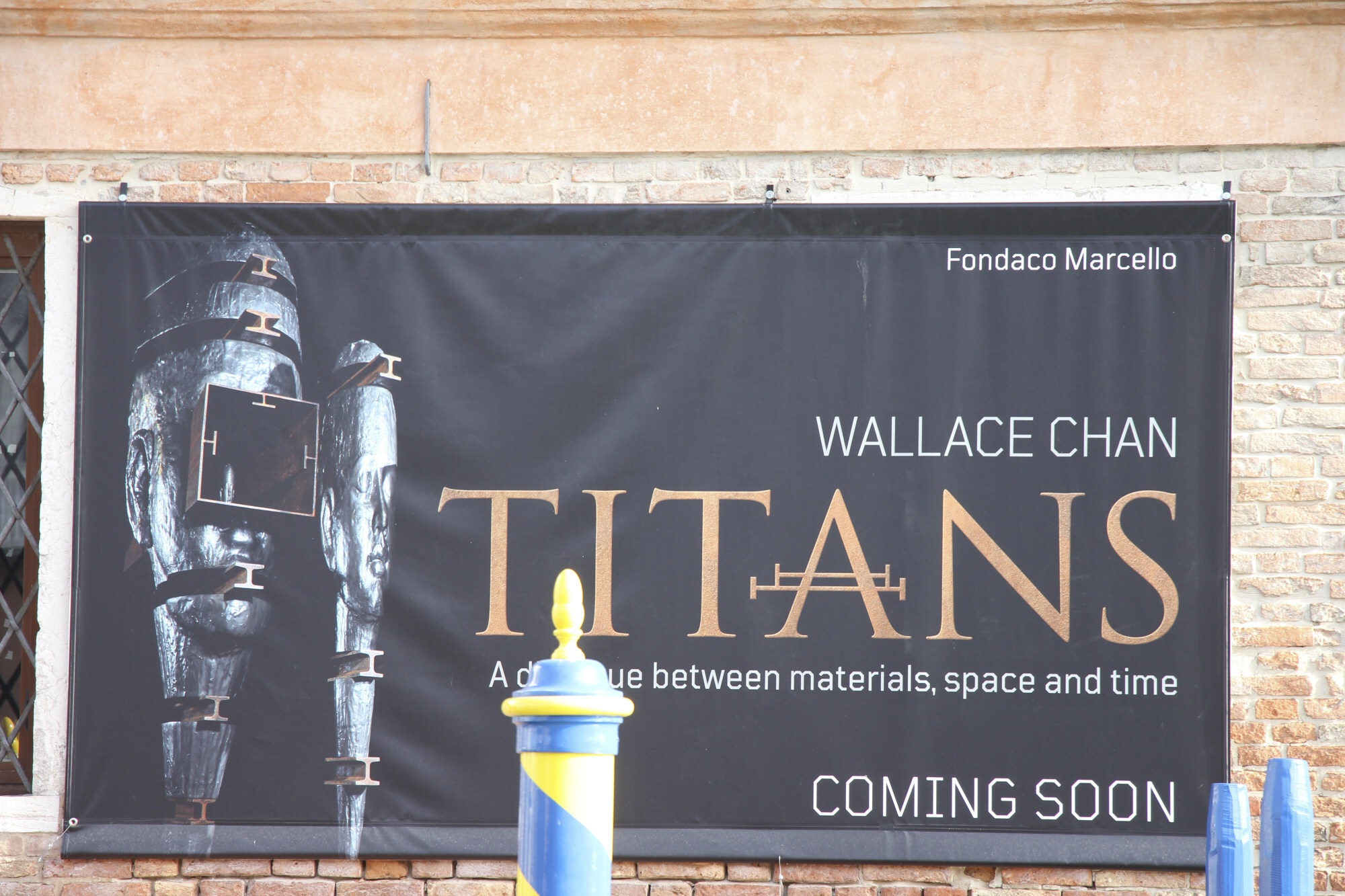
The biennale, which will run until November 21, will be staged across two main event spaces: the Giardini gardens and the sprawling Arsenale grounds. Hong Kong will, as usual, stage a significant collateral event. Its pavilion will occupy a position that has always attracted crowds, opposite the Arsenale entrance in a discreet courtyard with a red-brick exhibition space that was once a glass workshop.
Visitors to the Hong Kong display may be surprised to find a seemingly minimalist experience, with just 21 booths suspended from the ceiling.
They just can’t stay in one place – 4 travellers’ pandemic stories
Each is designed for a single person to enter at a time. Inside, they will experience one of 21 multimedia presentations addressing Hong Kong’s chosen theme: “Redistribution: Land, People and Environment”.
Curator Benny Lee explains: “In normal biennale years, it would be physically impossible to present 21 projects, but we have decided to add a virtual dimension, maximising the small space to present more projects with visual aids and online experiences. And anyway, we Hongkongers are used to living and adapting to small spaces, so it works out well for us.”
The ambition of some of the featured projects is breathtaking. Subject matter includes plans to hollow out mountainous terrain for cavern-like underground cities, as an alternative to the vertical metropolis; Hong Kong’s unique aromas and fragrances; futuristic sky gardens and walkways; rural sustainability; and the city’s cramped living conditions.
“Our exhibits address a theme that is relevant to all our communities in Hong Kong,” says Lee. “So we invited not just architects to participate but other disciplines, too – artists, NGOs, institutions, academics and private corporations like HSBC.”
And he insists all 21 of the projects are feasible.
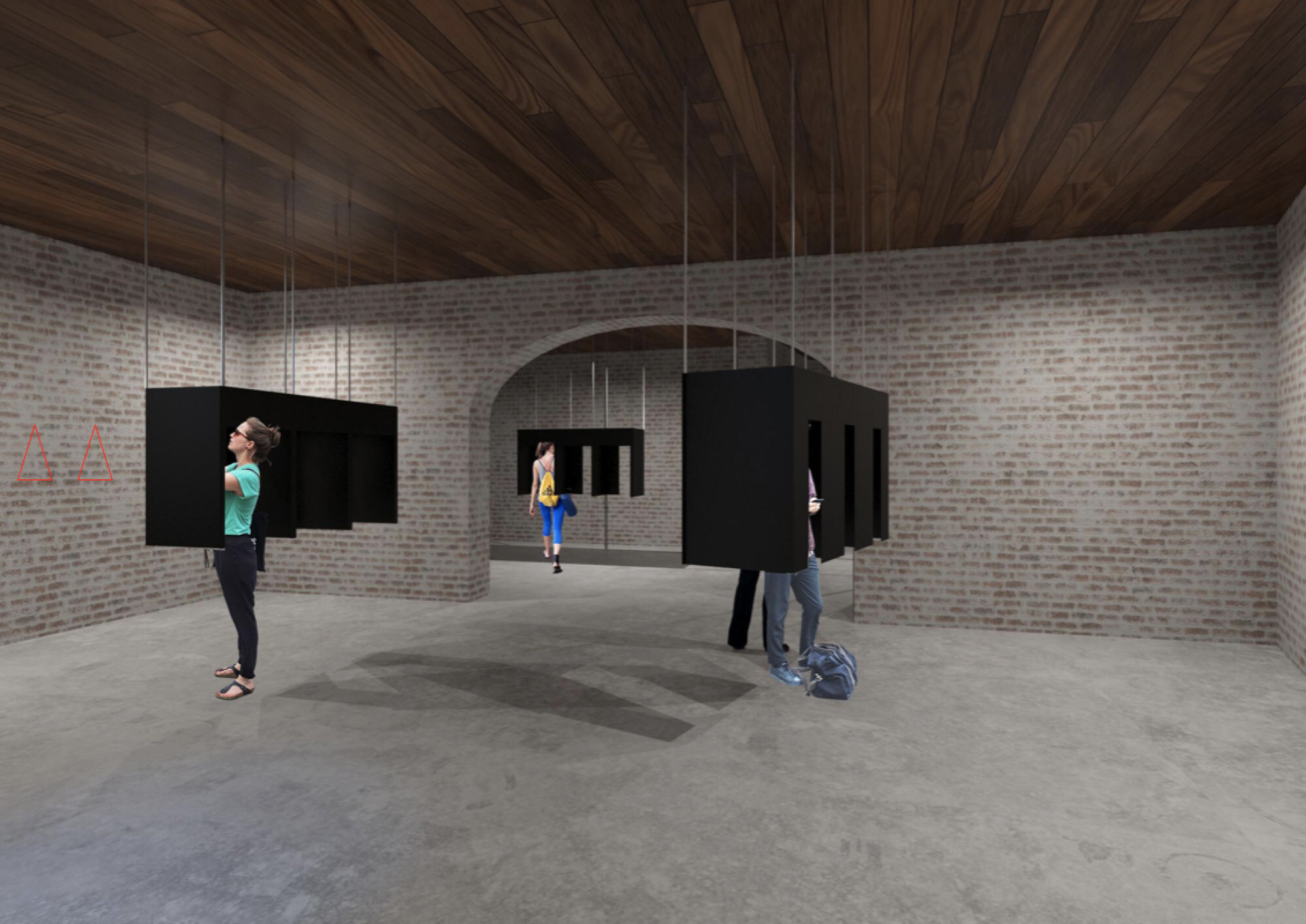
Although attendance will be drastically reduced from the 600,000 who visited Venice’s last biennale, dedicated to art, in 2019, the media coverage and overall impact this year will be much greater than normal. This will be one of the few major exhibitions to take place during the pandemic anywhere in the world. But while Hong Kong’s efforts will be on show in Venice, those responsible for the pavilion will not.
“Much as we would like to be present, we made the decision as curators and exhibitors to maximise our impact at home by holding events and exhibitions related to the biennale in Hong Kong for local people,” says Lee. These are being planned for November and December, and details will be announced soon.
While a global audience will also be able to access Chan’s “Titans” exhibition through virtual 3D tours, behind-the-scenes interviews and a preview of a film documenting his life, the man himself is committed to the physical event in Venice. He flew in recently and sacrificed 14 days to quarantine in a tiny hotel room, ensuring he will be able to supervise the installation and attend what should still be a glittering opening, on Wednesday, the day before the press and global movers and shakers arrive to attend the architecture biennale’s exclusive two-day preview
“I have done so many quarantines during the pandemic,” Chan says, “and this is nothing compared to China’s, which lasts 21 days. My staff have found a Chinese owner of a local trattoria and he prepares home-cooked Chinese cuisine. I may not have an idyllic ‘room-with-a-view’ overlooking a canal, but there is enough to let me dream, and the best view is in your imagination.”
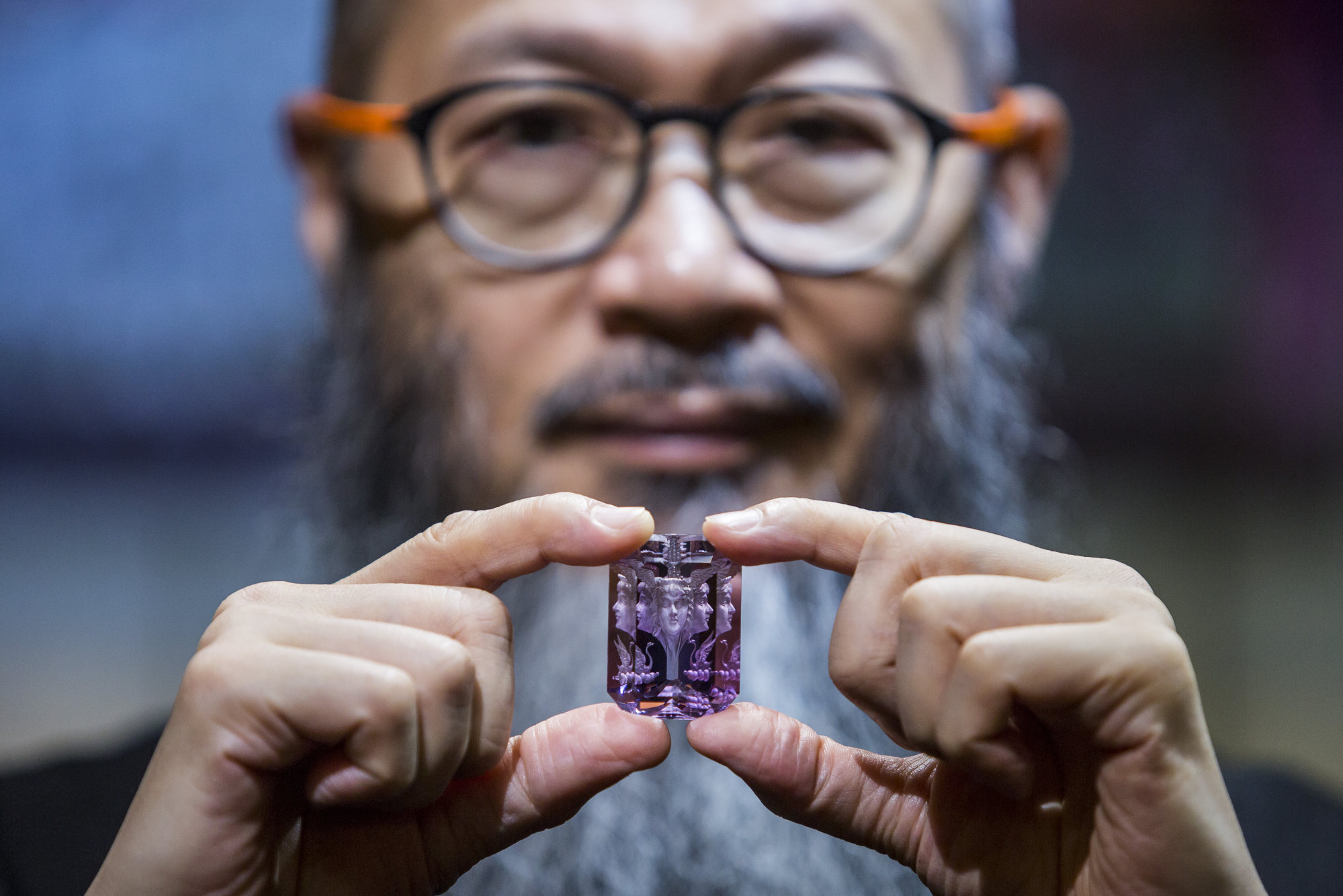
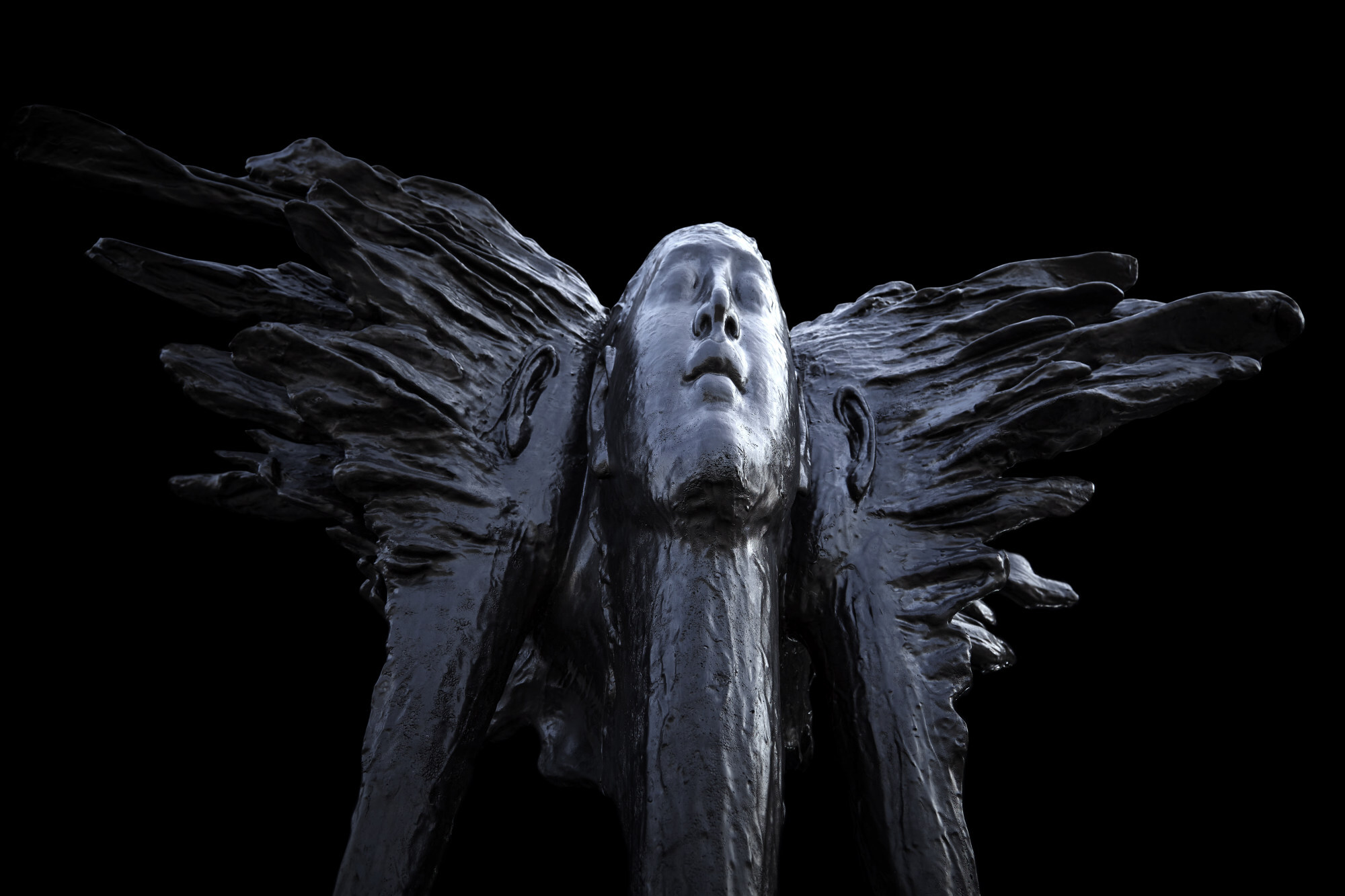
Although we are just a 20-minute walk apart, Chan and I are having to speak via Zoom, together with a translator in Copenhagen, Denmark. The new normal.
“Quarantine is an easy sacrifice because my philosophy dictates that every day is the beginning of a new life,” Chan says. “Coming here in person was essential. Confinement in the hotel is fine because I don’t have any attachment to a home. I exist more in the mind than this world. Life is like the wheels of a car, they just go on rolling, regardless even of events like Covid-19 that may sadly affect the lives of so many people. But as a creator I remain continually motivated to create.”
The Fondaco Marcello is not a grand palazzo but an ancient artisan warehouse that Chan’s British curator, James Putnam, felt was more apposite than an opulent, palatial drawing room.
“Guests will walk into a space where six free-standing sculptures, some up to three metres tall, made from contrasting sleek silver titanium and russet, rusted iron, occupy one part,” says Putnam. “Another partition resembles a long corridor of wall-based works of mirrored stainless steel and titanium that reflect an illusion of multifaceted abstract images, a technique inspired by the famed Wallace Cut of [Chan’s] jewellery. The idea is to disorientate the visitor, who will feel he is walking into infinity, a void, as the floor and ceiling are also covered with mirrored carpets.”
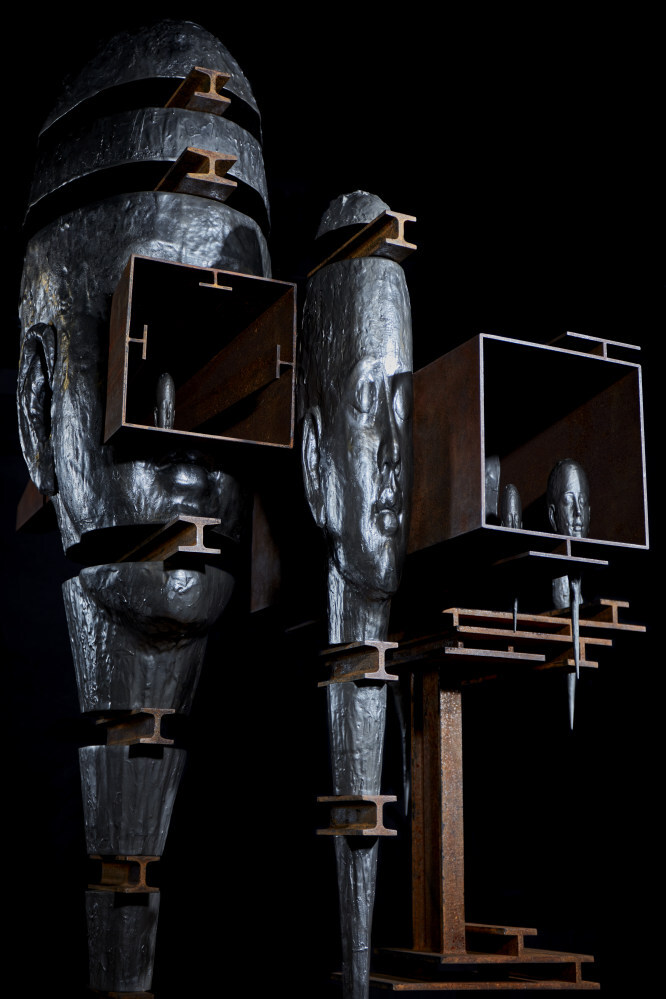
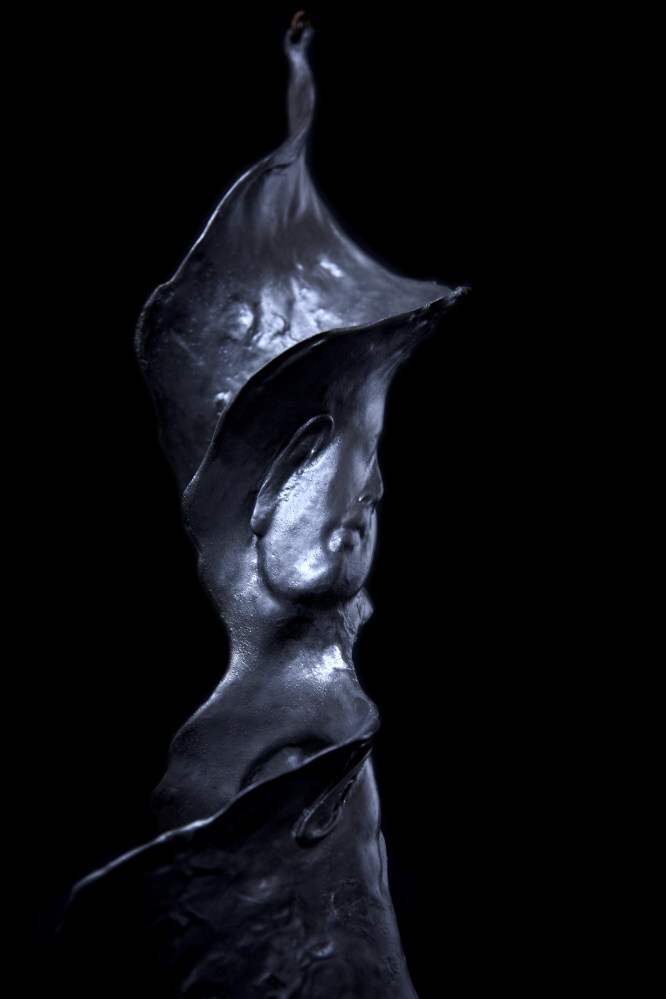
The sculptures are both beautiful and haunting, reflecting Chan’s life journey.
“I started as a young [jade] carver, working mainly on Chinese sculptures and carvings from Buddhism and Chinese folklore,” Chan says. “But then I discovered Michelangelo and became interested in Italian and Western sculptures as well as Greek mythology. When I presented my carvings and sculptures to people in the West, they told me they were more Eastern than Western. But when I showed them to people in the East, they told me that they were more Western than Eastern.
“You may find that the faces of my sculptures can be both male and female. They are not necessarily from a specific time and space and cultural background. It is just my memories coming together and taking shape.”
The City of Doges is especially important to Chan. He recalls dreaming of Venice as a child in a poor family whose big treat was to go for freshly baked buns at a now-closed Kowloon teahouse called the Venice Cafe.
“I immediately fell in love with the place without even knowing what a magical place the real Venice is. I first visited 20 or 30 years ago, even before I was creating jewellery, and was inspired by the contemporary art I saw at the biennales. My visits became a pilgrimage to a sacred place.”
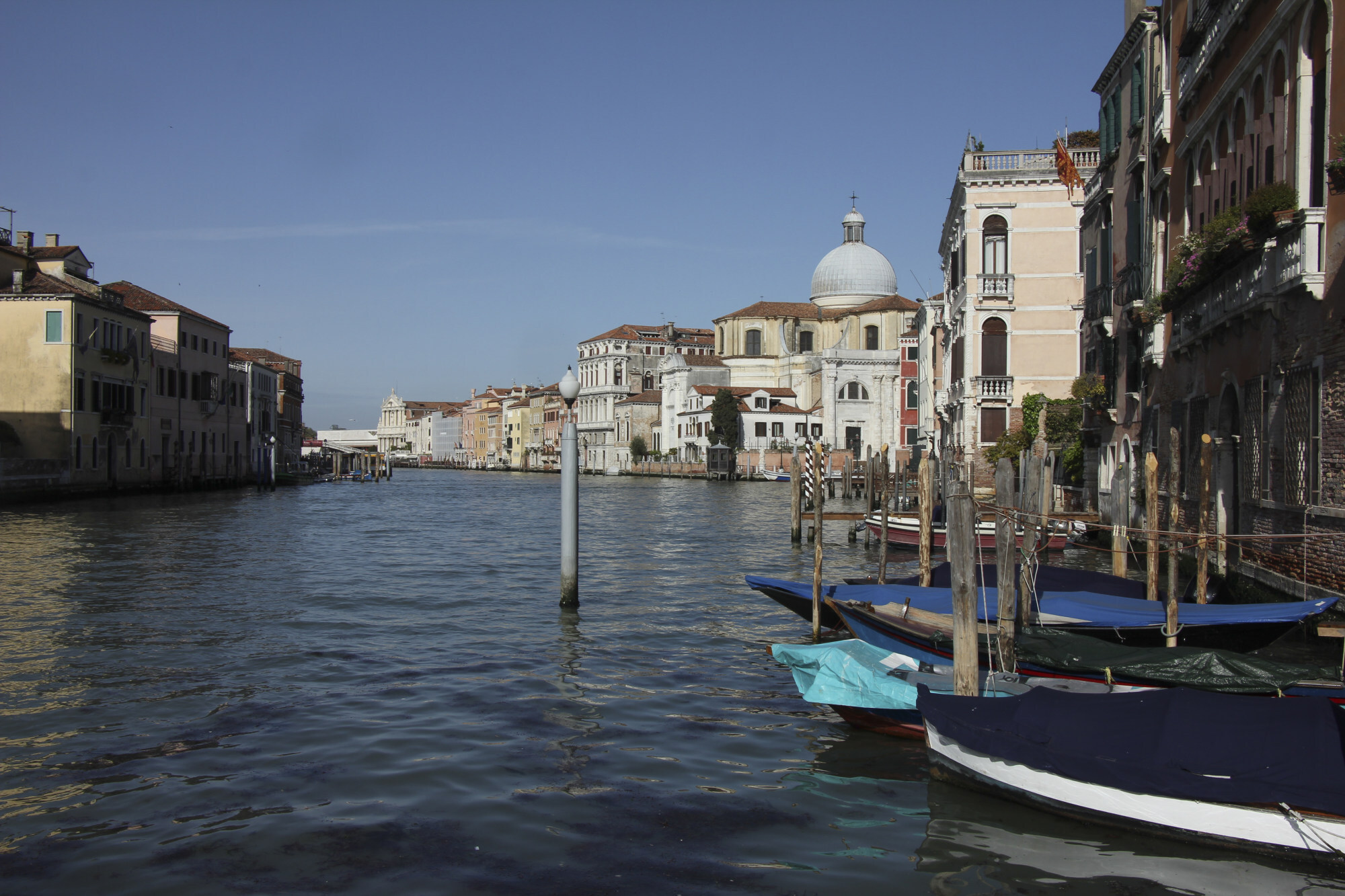
“Titans” was planned to coincide with 2021’s art biennale, but that event has been pushed back to 2022, to allow the postponed Biennale of Architecture to run this year. Nevertheless, Chan has chosen to stick with the original plan.
“I have put everything into this exhibition,” he says. “It is a question of priorities for me – I live in a small home, drive a Toyota, don’t splash out on luxury shopping or exotic holidays. I prefer to spend my money on titanium for sculptures or other precious materials for jewellery. In fact, I dare not calculate how much exhibitions cost me as otherwise I would never end up doing any. You cannot calculate the cost of creativity, and for me, although titanium is one of the world’s most expensive metals, it is close to eternity – stubborn, futuristic, challenging, difficult to tame. And it will last long after my life ends, for hundreds of years in fact.
“The monetary cost is all relative. I am fortunate to have patrons and collectors who have long supported my jewellery creations and helped achieve my dream of these titanium sculptures. I worked with this metal first in my jewellery and I think I am the first to use it for such monumental sculptures. But if I had never made jewellery I don’t think I would ever have made these sculptures. Jewellery taught me structure, light, physics, metallurgy.”
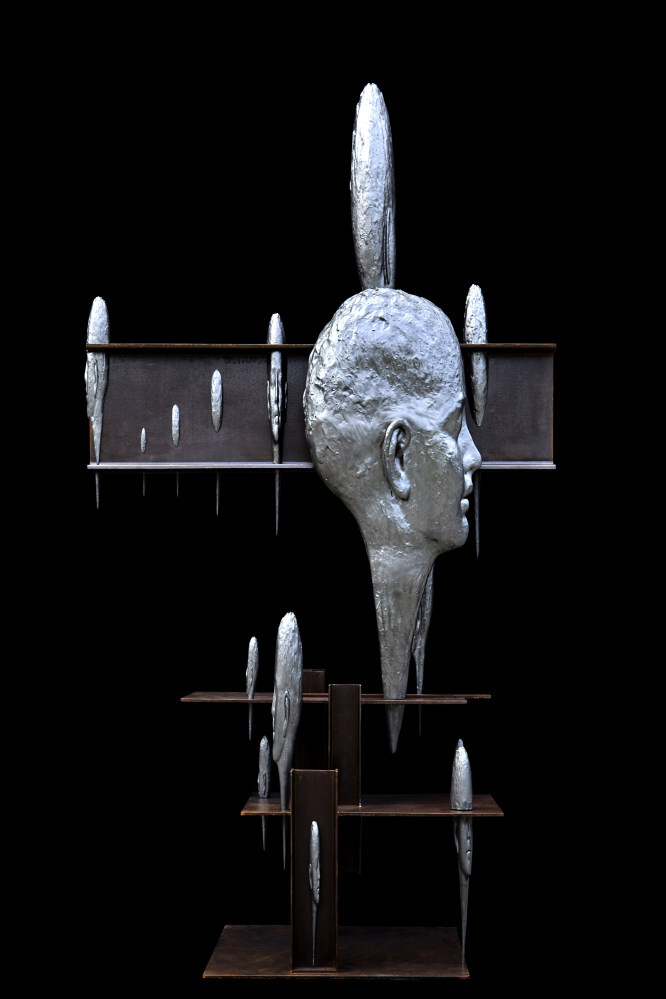
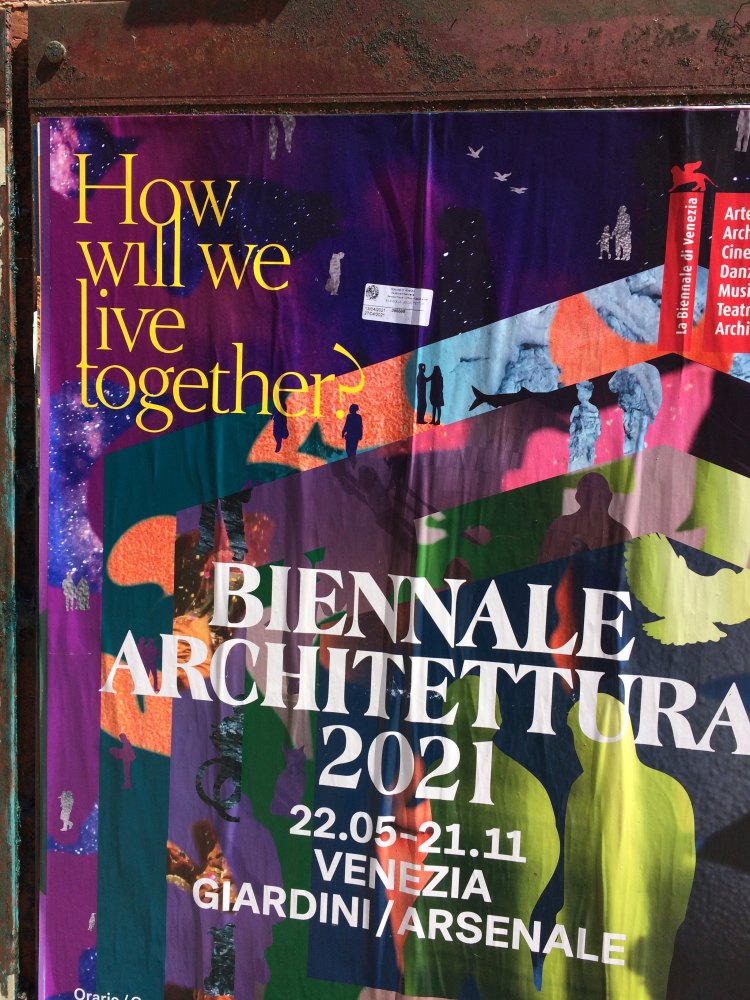
Given the travel restrictions and strict Covid-19 regulations in place, it is little short of miraculous that, from May 20, participants from 63 countries and territories will present exhibitions at the Biennale of Architecture in Venice, a city whose inhabitants have suffered more than most during the pandemic, because of the city’s dependence on tourism.
Fabiano Ruffini, whose company will run the food and beverage outlets at the Palazzo Giustinian, says, “We will be opening from the beginning until the end of the biennale, despite the prospect of fewer visitors. We are committed to being part of this iconic event, to confront the problems of these difficult times and not just surrender.”
Elsewhere, American glass artist Leslie Genninger, one of Venice’s many cosmopolitan long-time inhabitants, is turning the pandemic into an opportunity. She is investing in two luxury apartments by St Mark's Square to rent to future visitors, “because I believe in the future prosperity of this city”.
“Venetians rediscovered their city during lockdown, when it was totally empty, and will preserve that by ensuring less congestion and crowding, attracting a different kind of responsible tourist,” she says.
“Venice remains a unique, wonderful international stage for an artist to perform on, genuinely magical,” says Putnam. “That is why Wallace remained insistent on making ‘Titans’ a reality.”
Says Ruffini, “Venice will always be Venice. Once people can travel freely again, they will be desperate to come back here […] and the city will return as a prime global destination.”
Staging the Biennale of Architecture and Chan’s exhibition can only help Venice reclaim its lustre, as the world begins to contemplate tourism again.











